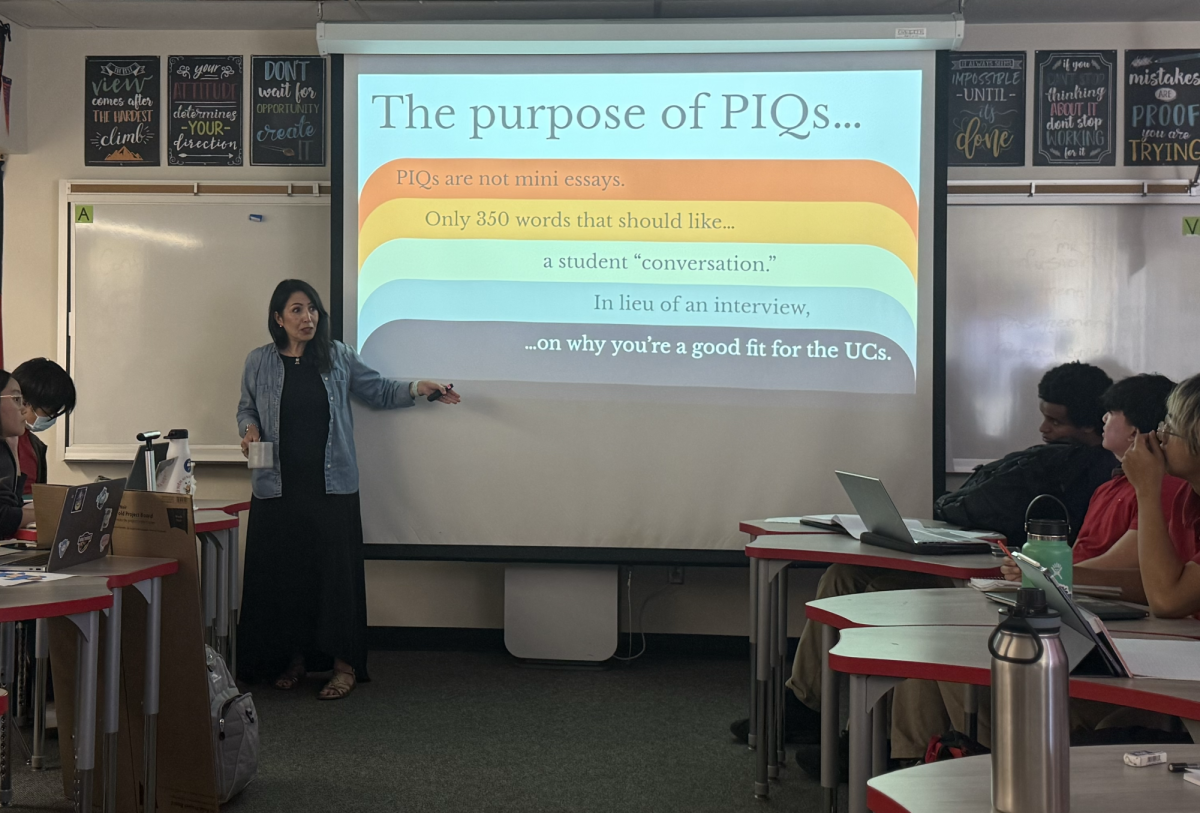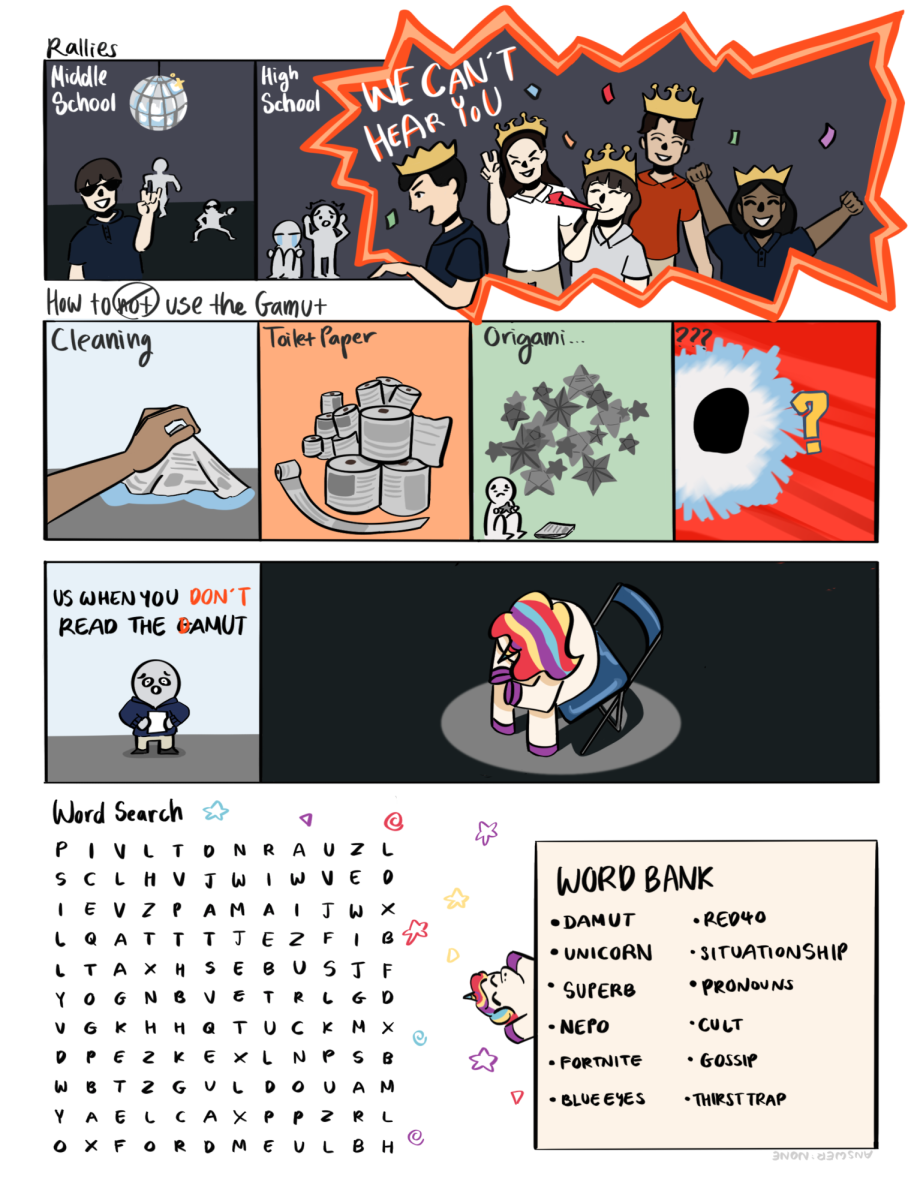On the week of Oct. 23, thousands of schools nationwide participated in Red Ribbon Week, an annual event designed to promote drug prevention and awareness. At Oxford, students engaged in lunchtime activities that included a pledge signing, a trivia game, and a dance competition. Even with its widespread implementation in schools across the country, significant impact made by Red Ribbon Week has yet to be observed. Despite its good intentions, Red Ribbon Week is largely ineffective in drug prevention, and the campaign should take a more holistic approach to addressing substance abuse by recognizing and addressing the variety of circumstances behind drug use.
Red Ribbon fails to address the different socioeconomic factors that enable individuals to start using drugs. The campaign’s motto of remaining “drug-free” depicts substance abuse as an extreme dichotomy, where students can either choose to use drugs or not. In reality, a variety of situations can influence drug addiction. According to the National Institute on Drug Abuse, factors such as one’s home life, mental health, social circle, and genetics all leave an individual predisposed to substance abuse. Red Ribbon’s failure to address the root causes of drug abuse head-on and provide support for individuals experiencing these issues only hurts its initiative further.
Moreover, upwards of 20% of college students have been estimated to abuse prescription stimulants for academic and recreational purposes, according to Kari Benson and colleagues, indicating the prevalence of maladaptive behavior in the presence of academic stress. These findings exemplify how the inability to properly address stress, the primary cause behind students’ stimulant misuse, allows for drug-abusive behavioral patterns to develop. The college-aged population of Benson’s study also demonstrates how drug-related pressures transcend primary and secondary schools, going on to affect older students as well, which further emphasizes the need for sustainable drug-preventative measures.
While Red Ribbon focuses on Schedule I drug abuse, the risk of Schedule II drug abuse needs to be addressed also. Though both have a high potential for abuse, Schedule II drugs, such as OxyContin and Adderall, have accepted medical uses while Schedule I drugs do not, according to the Drug Enforcement Agency. Although these drugs generally pose no harm when taken under medical supervision, individuals who take them without the necessary prescriptions run the risk of addiction. The medicinal nature of Schedule II drugs also makes them more accessible to the general public; though a prescription is required to attain them, individuals can easily receive these drugs through an acquaintance or friend with one. The campaign’s failure to acknowledge the potentially addictive nature of these drugs highlights its narrow-minded view and limited approach to drug abuse prevention.
The initiative also neglects adolescents already using drugs. Research from the National Center for Drug Abuse Statistics (NCDAS) reveals that drug overdose-related deaths amongst 15 to 24-year-olds increased from 1,240 in 1999 to 4,777 in 2019, indicating a positive trend in deaths among youth due to drug abuse over the years. Additionally, the NCDAS reports that 10.37% of California teens have used drugs within the past month. Considering the large demographic of teenage users and the increase in youth drug abuse, Red Ribbon’s inability to provide adequate support and resources to teens already using drugs not only alienates a significant portion of its audience but also leaves them susceptible to drug-related injuries and death.
Though supporters of the campaign argue that Red Ribbon Week is necessary because it raises awareness about drug abuse, simply raising awareness has proven to be ineffective. Prior to its reworking, D.A.R.E., an anti-drug abuse program, held workshops that taught students how to reject drugs and gang culture. Similar to Red Ribbon, the initiative focused on instilling an anti-drug ideology within participants. Later, the Department of Justice’s study on the campaign revealed no significant long-term improvement in teenage drug use stemmed from D.A.R.E. These findings prove that simply educating students about the dangers of drugs and ways to say “no,” even in prolonged and repeated ways, do little to dissuade them from using.
In 2009, the D.A.R.E. program was replaced by Keepin’ it REAL, a scientifically backed initiative that teaches students about decision-making and risk assessment. Through role-playing activities, students are able to practice and apply these skills hands-on. Early trials demonstrated the program’s ability to uphold anti-drug views and reduce substance abuse amongst students over time, according to Scientific American. Keepin’ it REAL’s tactical approach to drug abuse prevention enables students to understand the ramifications behind their actions and make decisions with those consequences in mind, contrasting heavily it from Red Ribbon’s current “Say no to drugs,” slogan, which fails at encouraging students to weigh the effects of their decisions. D.A.R.E.’s ability to reform into a meaningful and impactful drug awareness and prevention program indicates that Red Ribbon also possesses the capability to undergo a more effective change.
Furthermore, the risk-assessment skills taught by Keepin’ it REAL become more relevant than ever as drug-contamination cases begin to skyrocket. With cases of fentanyl contamination sprouting all across the country, users of illicit drugs now have to also consider the potential presence of foreign substances within their drugs. The knowledge taught through Keepin’ it REAL could potentially help these individuals make more conscientious choices regarding the substances they are using, mitigating fentanyl-related overdoses in the future.
For decades, Red Ribbon’s generalization of drug abuse resulted in its ineffective campaign. It’s time for the nation’s largest drug-prevention initiative to step up its game beyond posters and red bracelets and tackle drug awareness with a more active and comprehensive approach.


























































